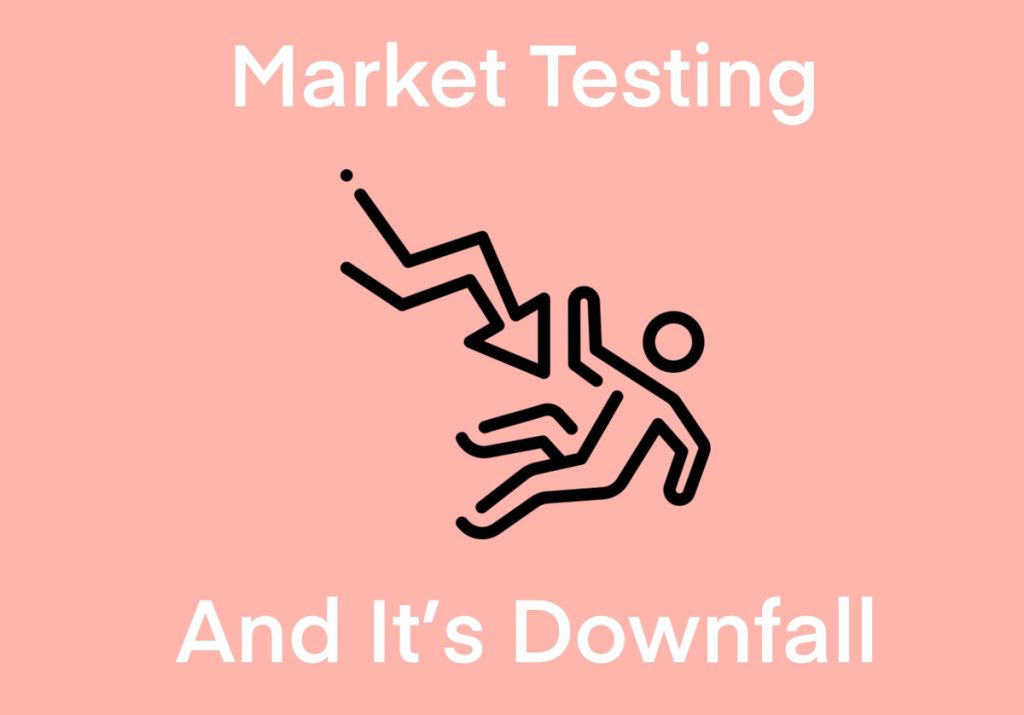The right way to research your market
How NOT to conduct Market Research
A learning lesson at my expense:
Back in the day when I would have a wacky business idea, I’d always ask my testing group: “Do you like _____” – and I’d receive a series of under-whelming responses: “No”, “Yes”, “Kinda”..
It’s not so much the negative responses that bothered me, it’s the lack of insights. I then realized that the problem wasn’t my testing group, it was me and my poor line of questioning. This brings me to my first lesson below:
Lesson #1
Avoid closed-end questions because they yield poor insights. Conversely, open-ended questions will yield groundbreaking insights. If quantitative feedback is your goal then ‘closed-end’ away!
Examples of open-ended questions may include:
- “Out of the following options, which aspects resonate with you the most and why?”
- “How does the following messaging align with your goals as a consumer?”
- “How else could we further appeal to your goals?”
- “Tell me about your journey when purchasing X”
Lesson #2
It goes without saying but always ensure that your test group is actually aligned with your target audience!
Don’t waste your time (and money) conducting a focus group full of finance people if you’re testing ‘creative branding’ (no offense to finance peeps – but you know you’re analytical AF!)
Have a set of criteria even if it’s a short “profiling quiz” so that you have the right people in the room.
Lesson #3
A bigger sample size does not always equate to better! (Again, unless ‘quants’ are the objective).
The goal of testing is to serve as a guiding mechanism so that your target audience can either validate, negate or share new perspectives which you may not have thought of.
Testing does not, and should not, provide you the “answer” *cue angelic sound*.
My suggestion: Absorb the main ‘gems’ that are revealed and use them to shape your strategy.
The Downfall of Market Research
As humans, most of us only know what we know, which is why there are very few true pioneers such as Steve Jobs.
“Innovation” is something that everybody wants, yet historically when you look at the largest companies, they often tend to copy one another…Let me correct that, the first-mover innovates, and the rest replicate and subsequently reap a portion of the market share.
Akio Morita, Founder of Sony, stated it beautifully: “Our plan is to lead the public…they do not know what is possible”.
Unless you have a group of seasoned creative professionals as part of your testing group, do not expect profoundly innovative ideas. Innovation is YOUR job, not that of the public.
A quick example to illustrate my point:
If you have a cosmetics product which targets women between the ages of 24 and 40 years old and arrange a focus group that fits this demographic. Most likely, your test sample will be able to either negate or validate your ideas, shed light on your competition and in some cases even provide insights into their “buying journey” (see image below).
What most won’t do, is give you an elaborate breakdown of different chemicals or natural resources that you can adopt into your product to prevent irritation or enable a “long shelf-life”. Your test sample may be able to highlight any side effects but probably won’t be able to follow up with a tangible solution, and why should they if their day job is an engineer??
You don’t know how to fix airplanes so why expect them to innovate your product for you!
Let me say it again for the people in the back: It’s YOUR job to absorb the research, analyze your competition then find a way to head in the OPPOSITE direction.
Simply put, testing does not lead to innovation.








